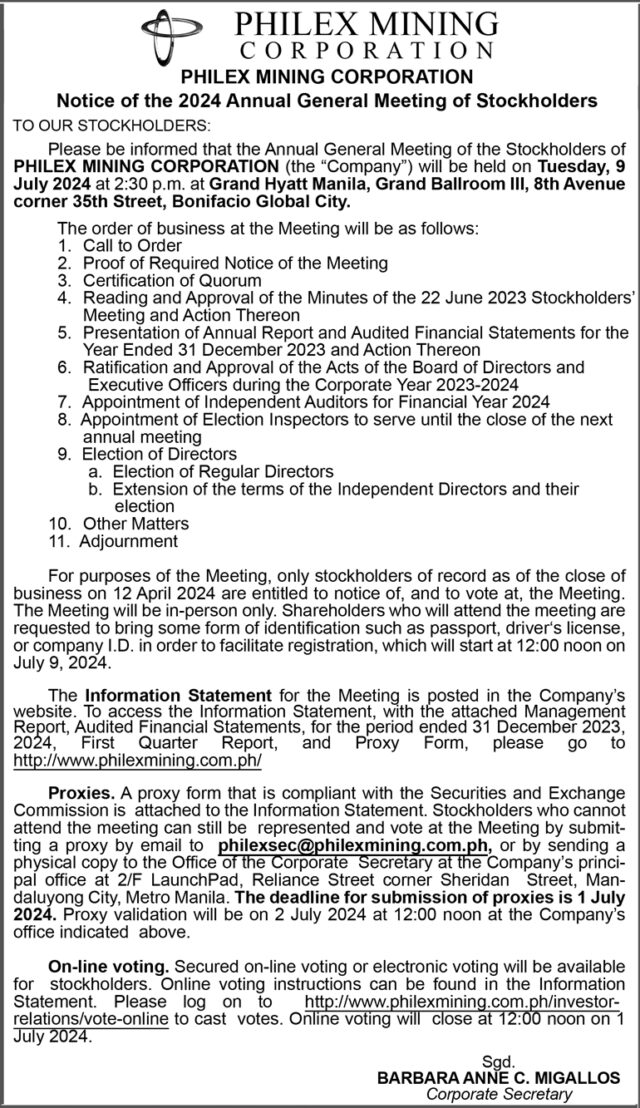China and Philippines quarrel over South China Sea collision

BEIJING/MANILA – China and the Philippines traded accusations over a collision in the South China Sea on Monday, with Manila saying its armed forces would resist Beijing’s actions in the disputed waters, the latest in an increasingly testy series of confrontations.
US Ambassador to the Philippines MaryKay Carlson condemned China’s “aggressive, dangerous” maneuvers in a post on X, saying the collision had “caused bodily injury.”
The US State Department condemned what it called “escalatory and irresponsible” actions by China and reaffirmed that its mutual defense treaty with the Philippines applied to any armed attacks on Philippine armed forces, vessels, or aircraft anywhere in the South China Sea.
In the latest incident on Monday, China’s coastguard said a Philippine supply ship “deliberately and dangerously” approached a Chinese ship resulting in a slight collision after the Philippine ship “illegally intruded” into waters near Second Thomas Shoal, a charge that Manila rejected as “deceptive and misleading”.
The US State Department called the incident the latest in a series of Chinese “provocations” to impede supplies from reaching Philippines personnel stationed at the BRP Sierra Madre, a Philippine vessel grounded at the disputed Second Thomas Shoal, site of repeated confrontations with China this past year.
“PRC vessels’ dangerous and deliberate use of water cannons, ramming, blocking maneuvers, and towing damaged Philippine vessels, endangered the lives of Philippine service members, is reckless, and threatens regional peace and stability,” a State Department statement said.
China and the Philippines have traded barbs for months over dangerous maneuvers at the Second Thomas Shoal, an atoll within Manila’s 200-mile Exclusive Economic Zone (EEZ) in the South China Sea. China claims the area as its own.
China claims almost the entire South China Sea, a conduit for more than $3 trillion of annual shipborne commerce, including parts claimed by the Philippines, Vietnam, Indonesia, Malaysia and Brunei.
The Chinese coastguard said the Philippine transport and replenishment ship had ignored repeated warnings.
The Philippines’ task force on the South China Sea said Chinese vessels engaged in ramming and towing, putting lives at risk and damaging boats.
“China’s dangerous and reckless behavior in the West Philippine Sea shall be resisted by the Armed Forces of the Philippines,” Gilberto Teodoro, Manila’s defense minister, said in a statement. “China’s actions are the true obstacles to peace and stability in the South China Sea.”
The Philippines refers to the portion of the South China Sea that it claims as the West Philippine Sea. China’s embassy in Manila did not immediately respond to requests for comment.
The Philippine military earlier said the Chinese coastguard’s continued aggressive actions “are escalating tensions in the region”.
Several incidents have happened when the Philippines has deployed resupply missions for its soldiers living aboard a rusty, aging warship deliberately grounded by Manila in 1999 to reinforce its sovereignty claims.
China has warned the Philippines about intruding into what it says are its territorial waters and issued new rules, effective June 15, enforcing a 2021 law allowing its coastguard to use lethal force against foreign ships in waters it claims.
The new rules allow China’s coastguard to detain suspected trespassers without trial for 60 days.
In response, the Philippine coastguard said on Monday it has ordered the deployment of two vessels to patrol and ensure the safety of Filipino fishermen at Scarborough Shoal – a second flashpoint about 640 km (345 nautical miles) away from Second Thomas Shoal.
Separately, the US Pacific Fleet said in a statement it had concluded a two-day joint maritime exercise with the militaries of Canada, Japan, and the Philippines’ within Manila’s EEZ in the South China Sea. – Reuters












